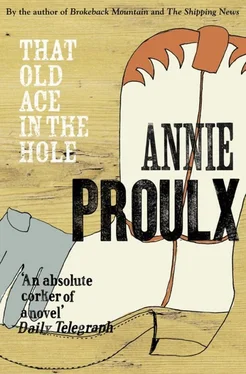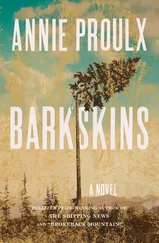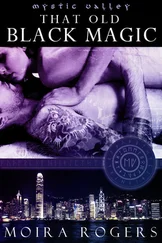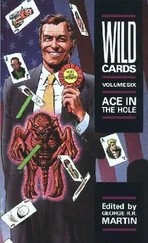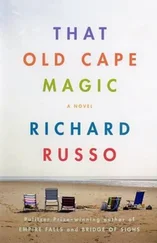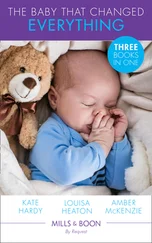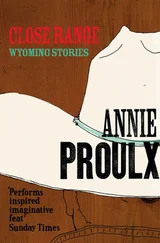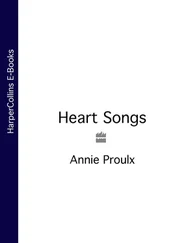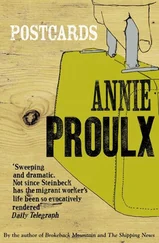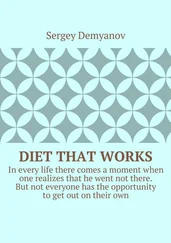The apartment had a particular smell, an effluvium that came up from the shop below – dust-choked carving, musty upholstery, the bitter out-gas of celluloid and Bakelite, the maritime odor of ancient fish glue. The stairway up from the shop was narrow and crooked, the walls papered with some odd 1940s pattern of yellow trellis hung with red teapots. Upstairs, at the midpoint of the hall’s length, hung engravings and pictures that had come in with loads of junk and taken Uncle Tarn’s fancy. One showed fifty great rivers of the earth arranged as dangling strings and graded as to length, and the opposing corner illustrated a crush of mountain peaks, lined up from the smallest to the greatest, giving the impression of a fabulous and terrific range that existed nowhere in reality. Yet for years Bob believed that in some distant land hundreds of inverted ice-cream cone mountains gave way to an immeasurable plain cut by fifty rivers running parallel to each other.
“It’s not a real place,” said Bromo Redpoll. “You dunce. It’s only for the sake of comparison.”
The shop dealt in a wide variety of American junk but its specialty was plastic, and their mutual interest in resin and polymer objects joined the two men as twinned cherries on the stem. Uncle Tam could talk plastic manufacturing for hours, and had signed up for a course in chemistry the better to understand the complex processes.
There was a room in the shop – the best room – where nothing was for sale to the ordinary customer. A sign on the door said
ART PLASTIC
By Appointment Only
“One day,” Uncle Tam said, “probably not in our lifetime, but maybe in yours, Bob, people will collect plastic objects from the twentieth century as art, like now they are going after wooden grain cradles and windmill weights. This will be worth a fortune,” he said, waving grandly at the shelves and cases of Lucite bracelets, acrylic vases, Bakelite radios, polyethylene water pitchers. On floor pedestals, as if sculptures, stood plastic washing-machine agitators, black and white. The partners’ scavenging hunts ranged from outlying yard sales to periodic rakes through the shops of Antique Row on Broadway where they foraged for baby rattles, ancient billiard balls, even celluloid bibs from nuns’ old-style habits.
Within specialties there are often subsets of rarer specialties, and so it was with Bromo Redpoll and Tam Bapp. Bromo had collected a dozen phenol parasol handles with fancy metal bands. Tam sought out the British urea resin from the 1920s known as Beetleware – the forerunner of melamine. Silicone, polyurethane, epoxy were what they wanted but never would they buy anything for more than a few dollars. A side specialty was Bakelite jewelry from the 1920s. When Uncle Tam discovered, in the bottom of an old box of magazines, a Bakelite catalog from early in the century, both considered it a great find.
There were dozens of dolls and toys in the Art Plastic room but Bob preferred the Cleopatra Manicure Box to any of them, a striking red-and-black Art Deco box packed inside with plastic-handled files and emery boards and a few bottles of nail varnish dried to black powder. He pretended Cleopatra had actually owned it and the vials of dark dust were poisons.
The highlight of the week came on Sunday evenings when the Antiques Roadshow aired. Uncle Tam locked the shop at 4:30, even when customers stood beseechingly at the door as he hung up the Closed sign. The partners’ devotion to the program was extreme and they had evolved certain rituals. The coffee table was cleared of magazines and bills that had accumulated during the week. Their notebooks and pens were set out. The drinks, according to season and affordable ingredients, were to be made in the jazz-age silver penguin shaker – drinks containing coconut milk were esteemed, but coconut milk was expensive and it usually came down to a six-pack of Bud split between them. The food was peanut butter sandwiches, or carrot sticks and cheap cheese, or, if they were flush, buffalo wings or cardboard containers of tripe stew from Chickee’s place.
Plastics rarely made it onto the Antiques Roadshow but when they did both men were beside themselves and scribbled in their notebooks. When a podgy Baltimore man displayed his pristine, bright red ABS Olivetti typewriter and red slip-on case from the 1960s they stamped their feet in jealousy and shouted angrily when the “expert” put a paltry value of a hundred dollars on it. Uncle Tam said that if he had the money, he would fly to Baltimore and make the man an offer, though the airfare, of course, would bump the cost into the stratosphere. In the end he resigned himself to a fruitless Denver search for a match of the beautiful instrument.
The Antiques Roadshow could have gone on for hours; they would have remained leaning forward in happy anticipation, assigning values before the experts could speak, eating the carrot sticks which curved as they dried. At the end of the program they were both restless and Bromo went into the Art Plastic room to dust and wipe. They talked about making the big discovery that would put them over the top, and, very often, filled with enthusiasm, they headed out for the evening flea markets, coming home at midnight with boxes of worthless oddities. The closest they came to the big time was a yellowed journal kept by one A. Jackson which Tam thought might be Andrew Jackson. But in the pages the loving references (which gradually cooled) to “Mr. Jackson” dulled their expectations as they puzzled out that “A.” was Amelia Jackson of Poultney, Vermont, one in the grand parade of emigrants from New England to the gold fields of California in 1850. The diary – simple observations of weather and dust and miles traversed – ended abruptly at the Independence Rock stopover. Amelia Jackson wrote:
Mr. Jackson has concluded to break from this wagon train in company with several other men who cannot agree with our guide, Mr. Murk. I am to stay with the wagon and we will meet in San Francisco if Our Savior wills it. The men will undertake a short cut to the gold fields. I cannot think this the best plan. I would give a very great deal to be at home with mother and father and my dear sisters, in peace and harmony and with PLENTY of water in the cistern.
They managed to sell the journal for a few hundred dollars to the Pioneer Historical Library in Independence, Missouri, and Bromo said sourly that if it had been an Andrew Jackson journal they could have retired.
As the years went on Bob noticed that Bromo Redpoll was less keen on the antiques program than his uncle. He was increasingly derisive about Tiffany lamp shades and old journals. He would get up halfway through the hour, say “Call me if the Kenos come on” and go into the kitchen to poke through the refrigerator, for the only part of the show-that seemed to interest him now was the appearance of the Keno twins from New York, experts on American furniture. Bob thought the Kenos looked like animated waxworks but their clothes were fascinating. The word “natty” came to him. They were natty dressers as no one in Denver was nor could be.
Finally, the year Bob graduated from high school, the partnership ended on a Sunday night following the program. Bromo had spent most of the hour in the kitchen making Peanut Butter Dreams, but with one ear turned toward the living room in case Tam called “Keno alert!” At the very end it had come and he rushed in to see an exquisite highboy that had set the television twins’ hands trembling. Bromo watched, utterly rapt, the wooden spoon with its gob of batter in his hand. As the carousel music surged up and the credits rolled he sat on the sofa beside Tam and said, “We’ve got to talk.” He put the spoon on the coffee table, heedless of the batter sliding onto the table. Then he looked up and saw Bob watching them both.
Читать дальше
